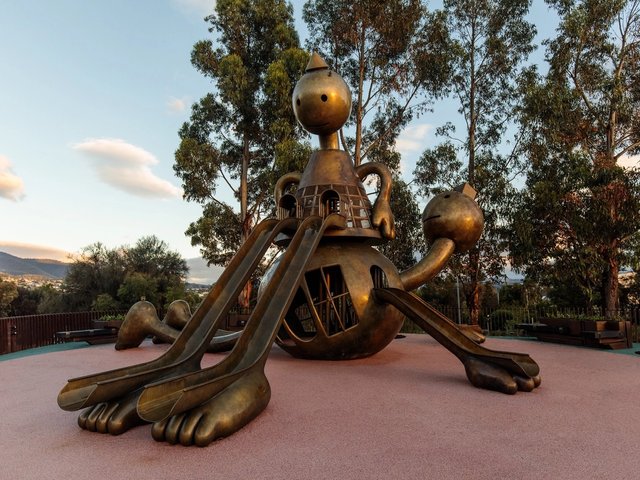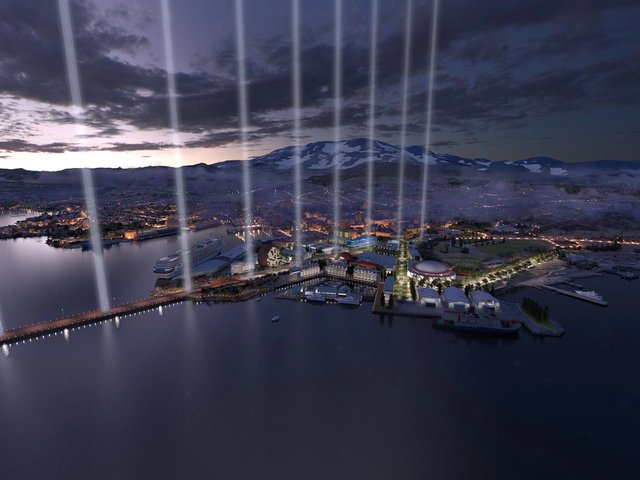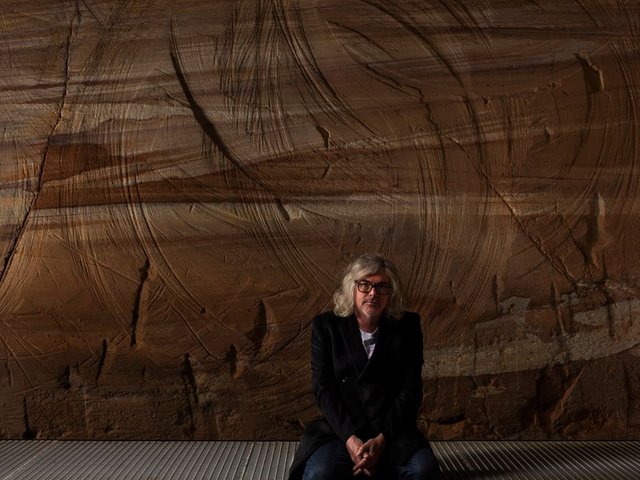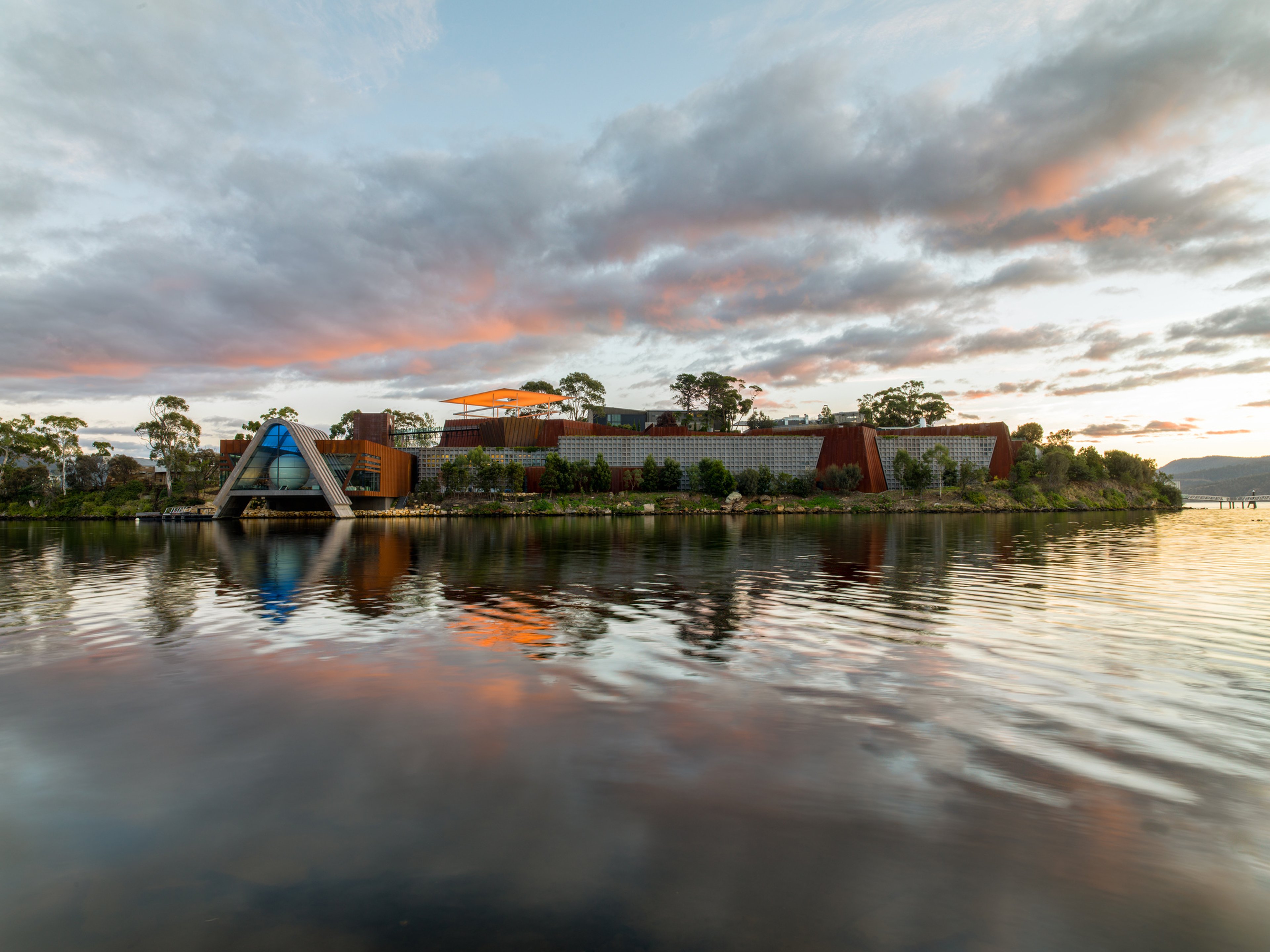
When the gambling millionaire David Walsh first opened his Museum of Old and New Art (Mona) in Hobart, Tasmania, in 2011, he called it a “subversive adult Disneyland”. With Pharos, the museum’s first major expansion, Walsh delivers on that promise. The Art Newspaper spoke to Jarrod Rawlins, a Mona curator, about the hallucination-inducing installations and hedonistic art experiences that fill the new 2,000 sq. m wing, which opened on Boxing Day last year. “David’s ultimate goal [with Pharos] is to make sure you’re not sure where you are or what’s going on,” he says. MONA/Jesse Hunniford; courtesy of MONA, Museum of Old and New Art
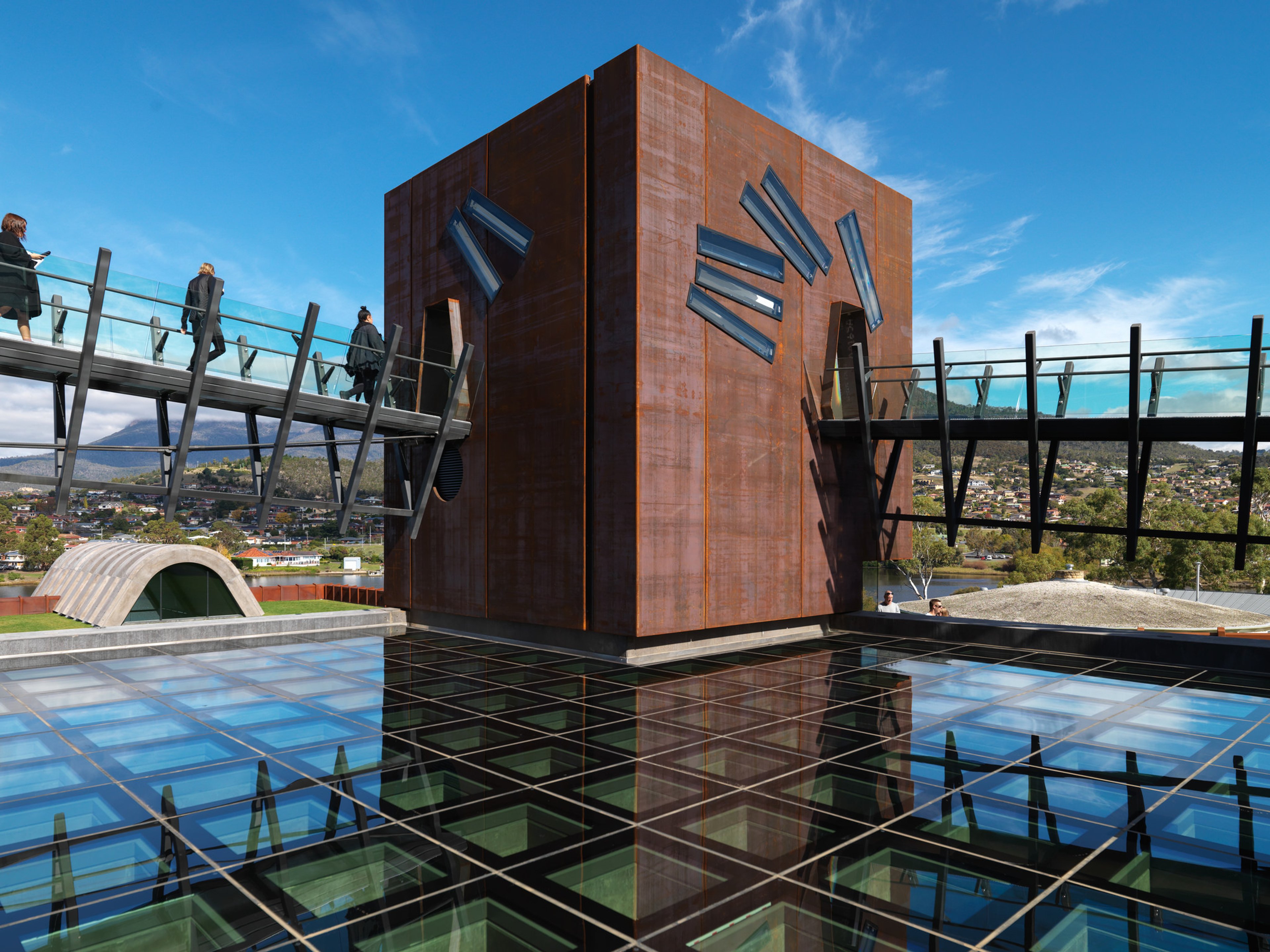
The US artist Charles Ross designed Spectrum Chamber (2018) in collaboration with the museum’s architect, Nonda Katsalidis. “Ross uses light as a collaborator,” Rawlins says. The site-specific installation features large glass prisms affixed at precise angles, refracting sunlight into rainbow-like patterns that spill across the walls of the chamber. Rawlins says: “These spectrums change throughout the year as the sun moves.” MONA/Jesse Hunniford; courtesy of MONA, Museum of Old and New Art
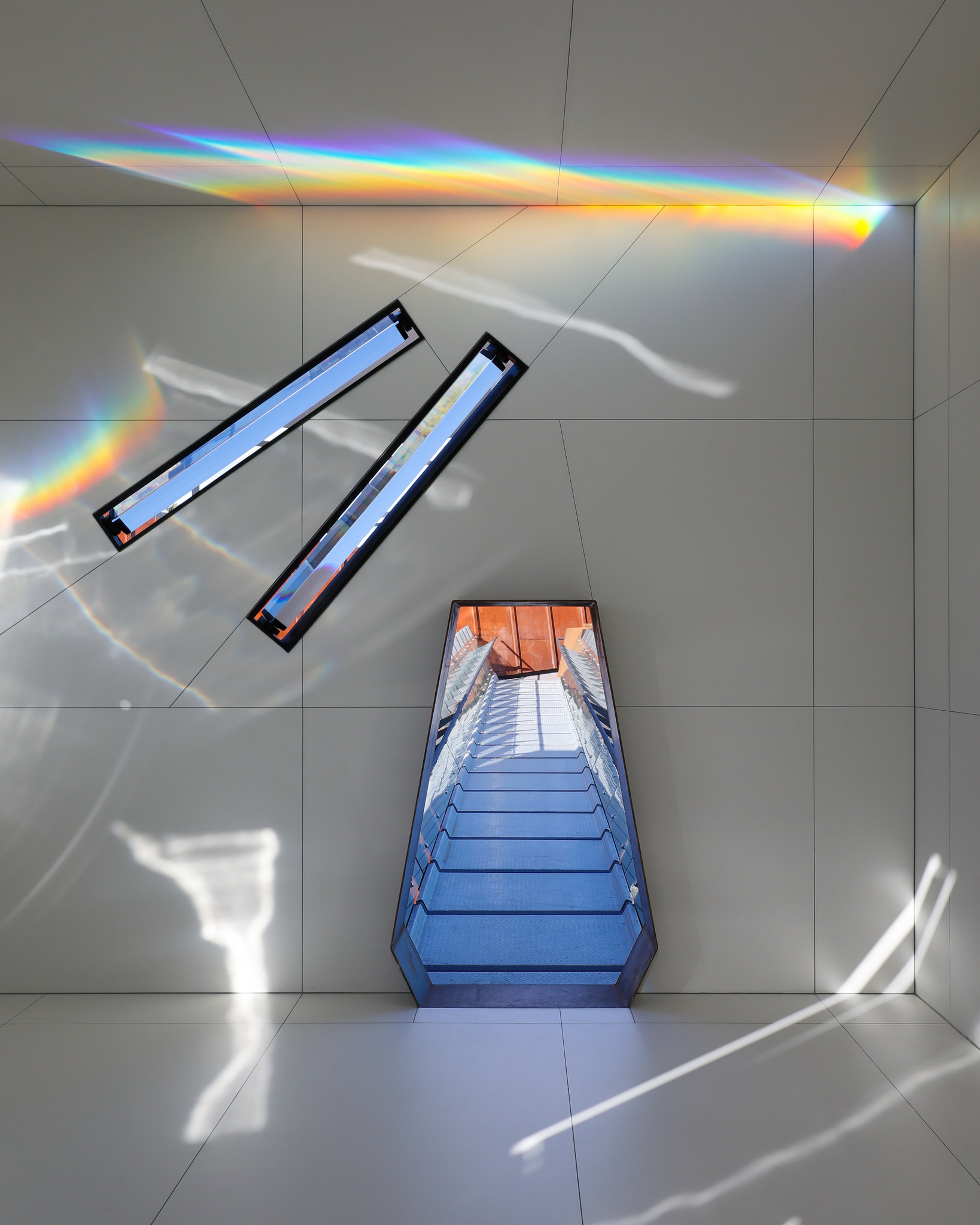
Inside Charles Ross’s Spectrum Chamber (2018) MONA/Jesse Hunniford; courtesy of MONA, Museum of Old and New Art
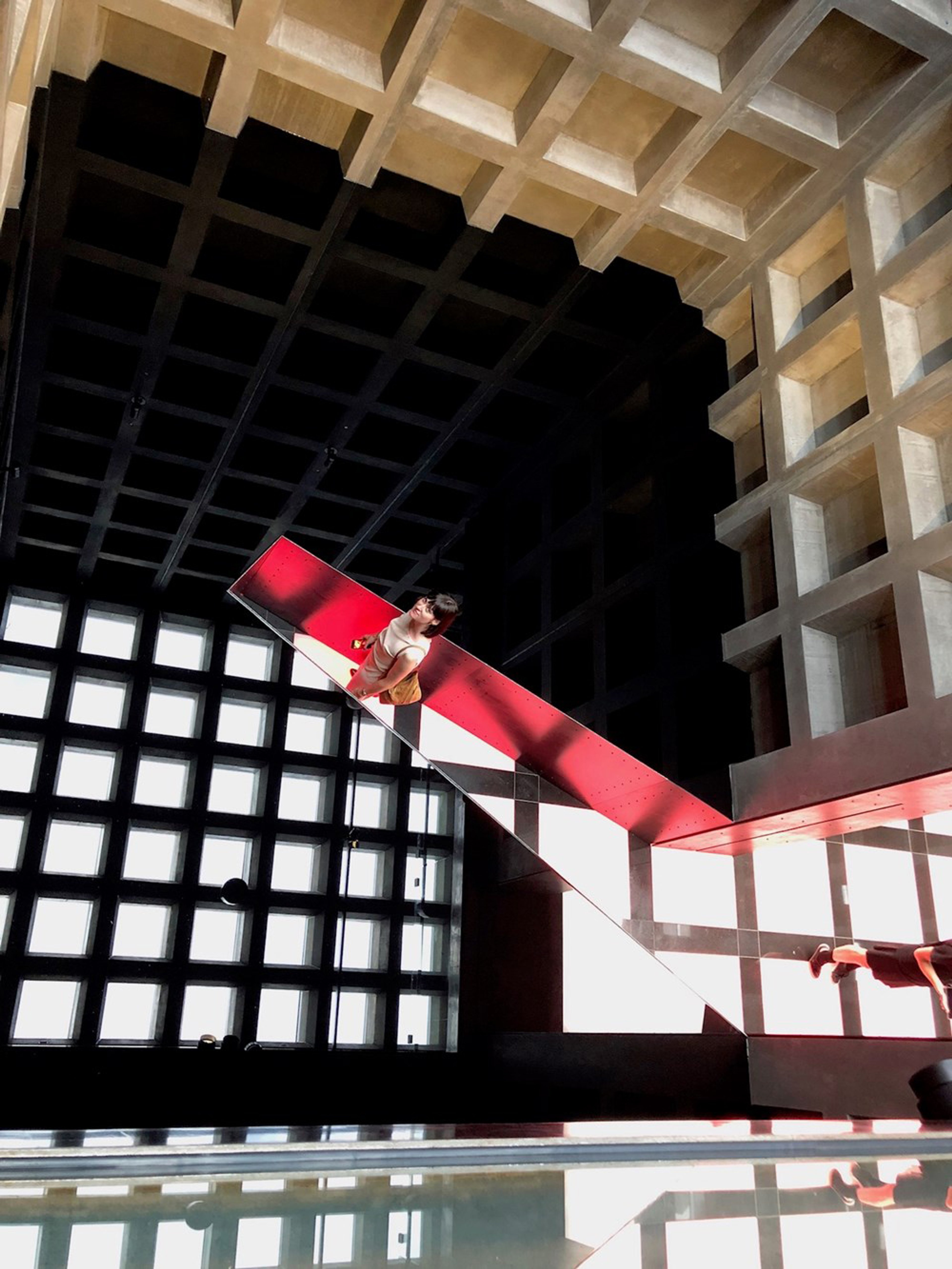
The acquisition of 20:50 (1987) by the UK artist Richard Wilson from the London-based collector Charles Saatchi is a “coup” for the museum, Rawlins says. The room-filling installation of black sump oil was purchased in 2015 in a deal brokered by Mona’s international curator-at-large, Olivier Varenne. Photo: Scott Brewer
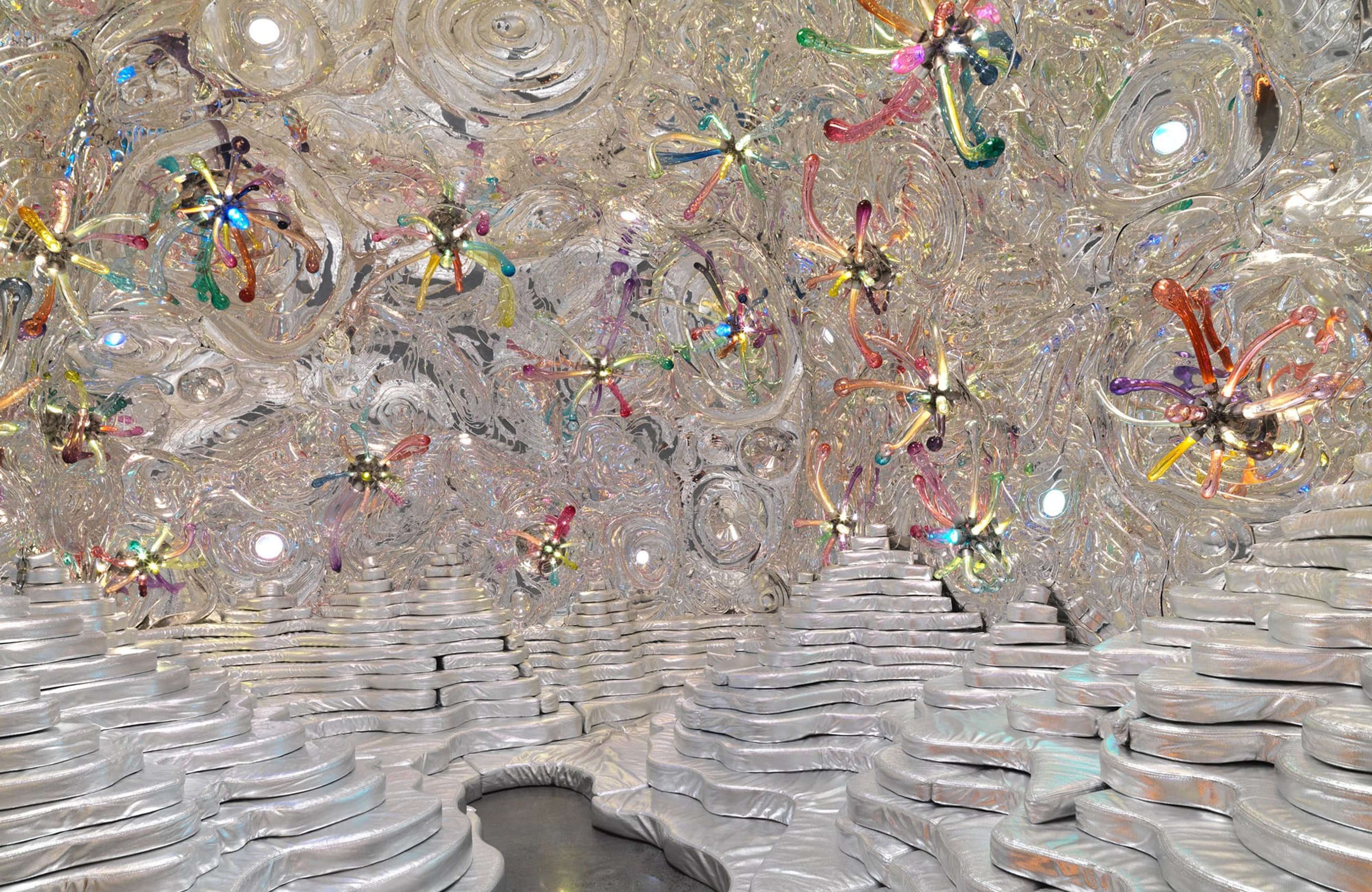
Randy Polumbo’s hyper-kitsch Grotto (2017) is recessed into the walls of the museum. Silver couches rise from the centre of the room, while the polished aluminium ceiling is adorned with pixelated images on small LED screens and bouquets of hand-blown glass dildos that pulse like iridescent glow worms. “Every good museum should have a grotto—it’s a fun space to hang out,” Rawlins says. MONA/Jesse Hunniford; courtesy of MONA, Museum of Old and New Art
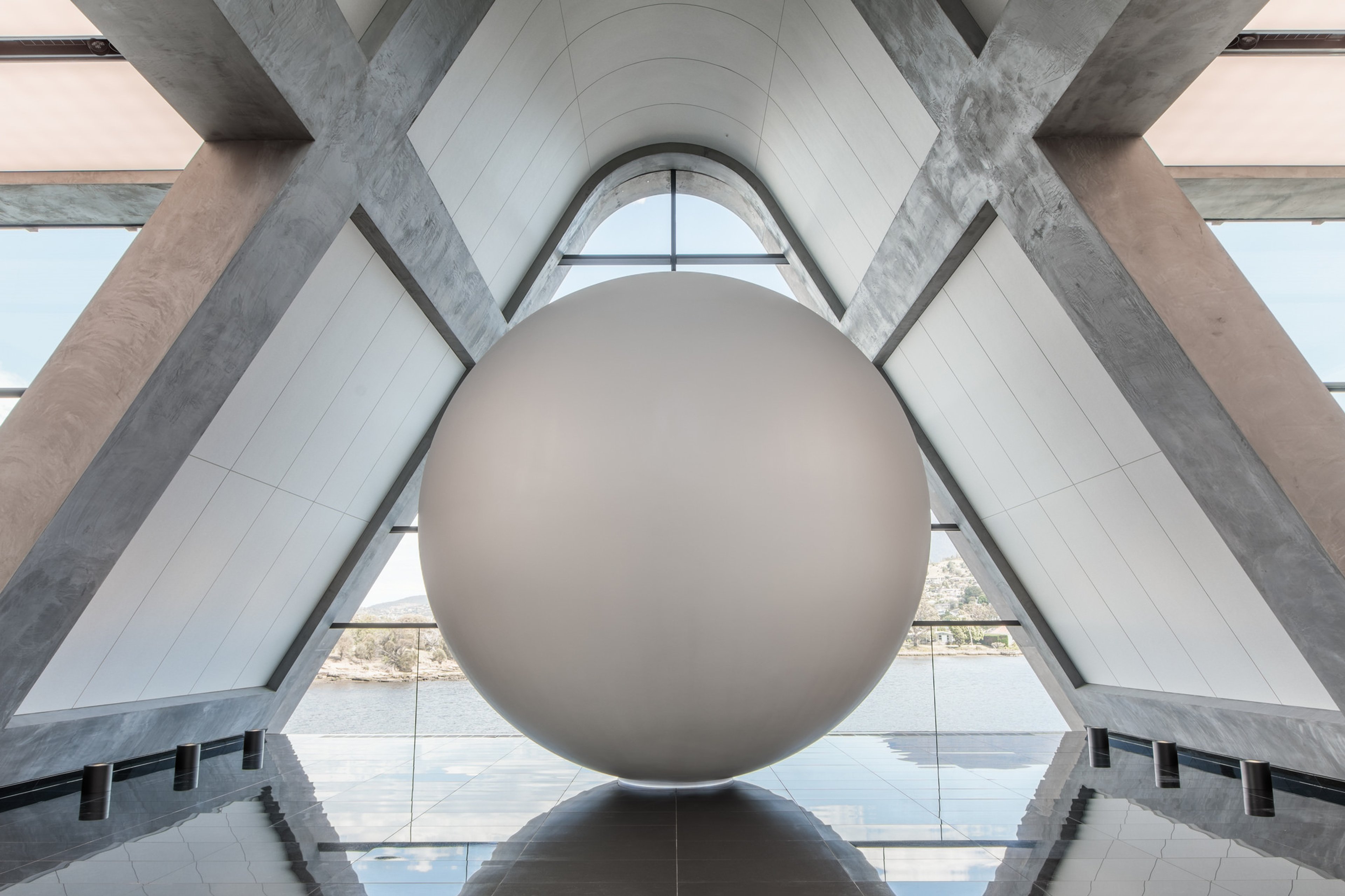
James Turrell’s immersive light installation Unseen Seen (2017) offers visitors an “other-worldly experience”, says Rawlins. After selecting either the “hard” or “soft” setting, visitors are ushered inside a spherical pod which unleashes a lighting sequence that exploits the shortcomings of the brain’s visual system. Many people have described the experience as “life-changing”, Rawlins says. MONA/Jesse Hunniford; courtesy of MONA, Museum of Old and New Art
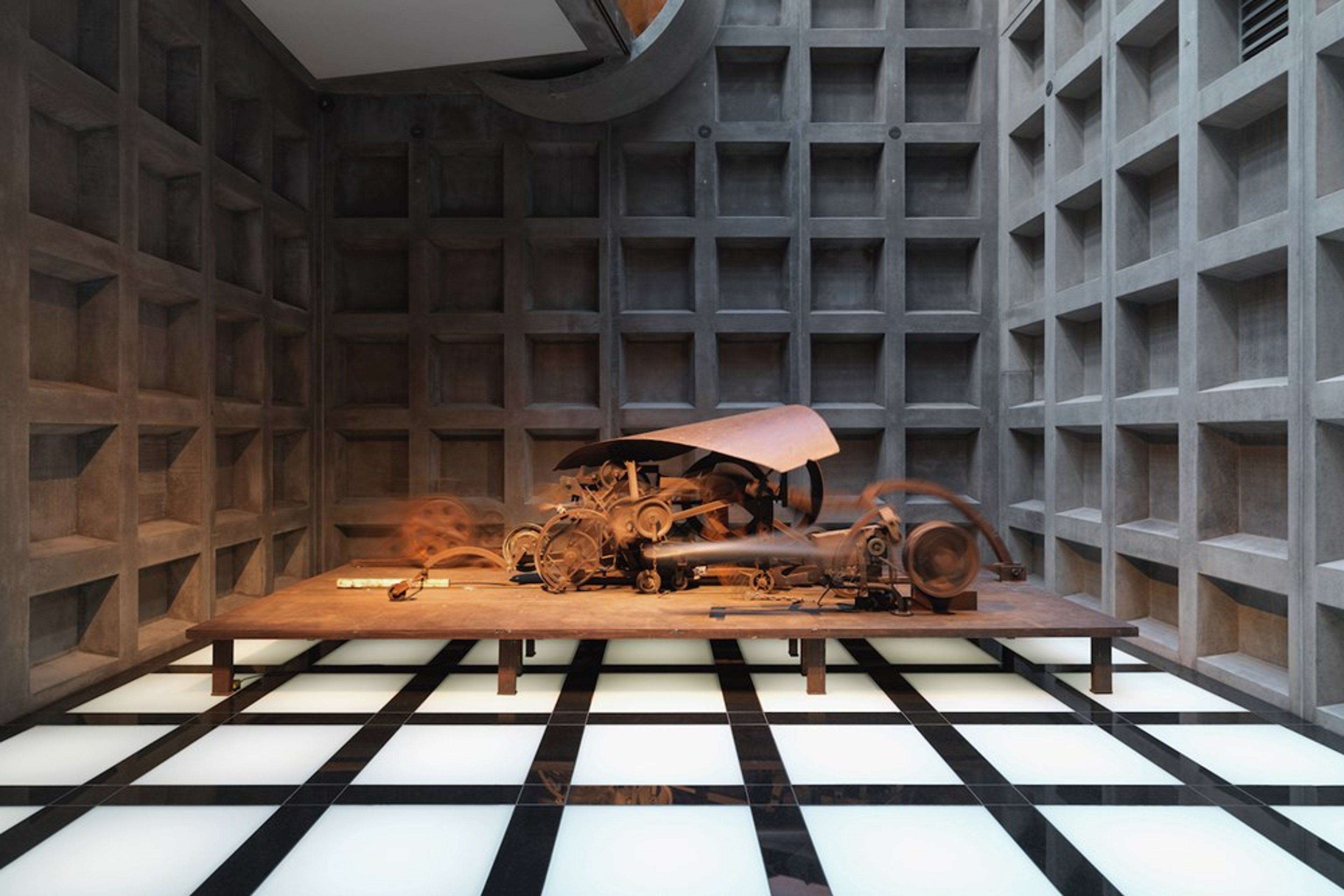
Memorial to the Sacred Wind or The Tomb of a Kamikaze (1969) by the Swiss artist Jean Tinguely occupies a new exhibition space created at the intersection of the main museum and the Pharos wing. Tinguely, a pioneer of kinetic art who died in 1991, made a series of self-destructing sculptures throughout his career. Once an hour (originally it was every half-hour), Mona’s sculpture produces a deafening noise as it grinds away at itself. “The less time we run it each day, the longer its life will be,” Rawlins says. MONA/Jesse Hunniford; courtesy of MONA, Museum of Old and New Art
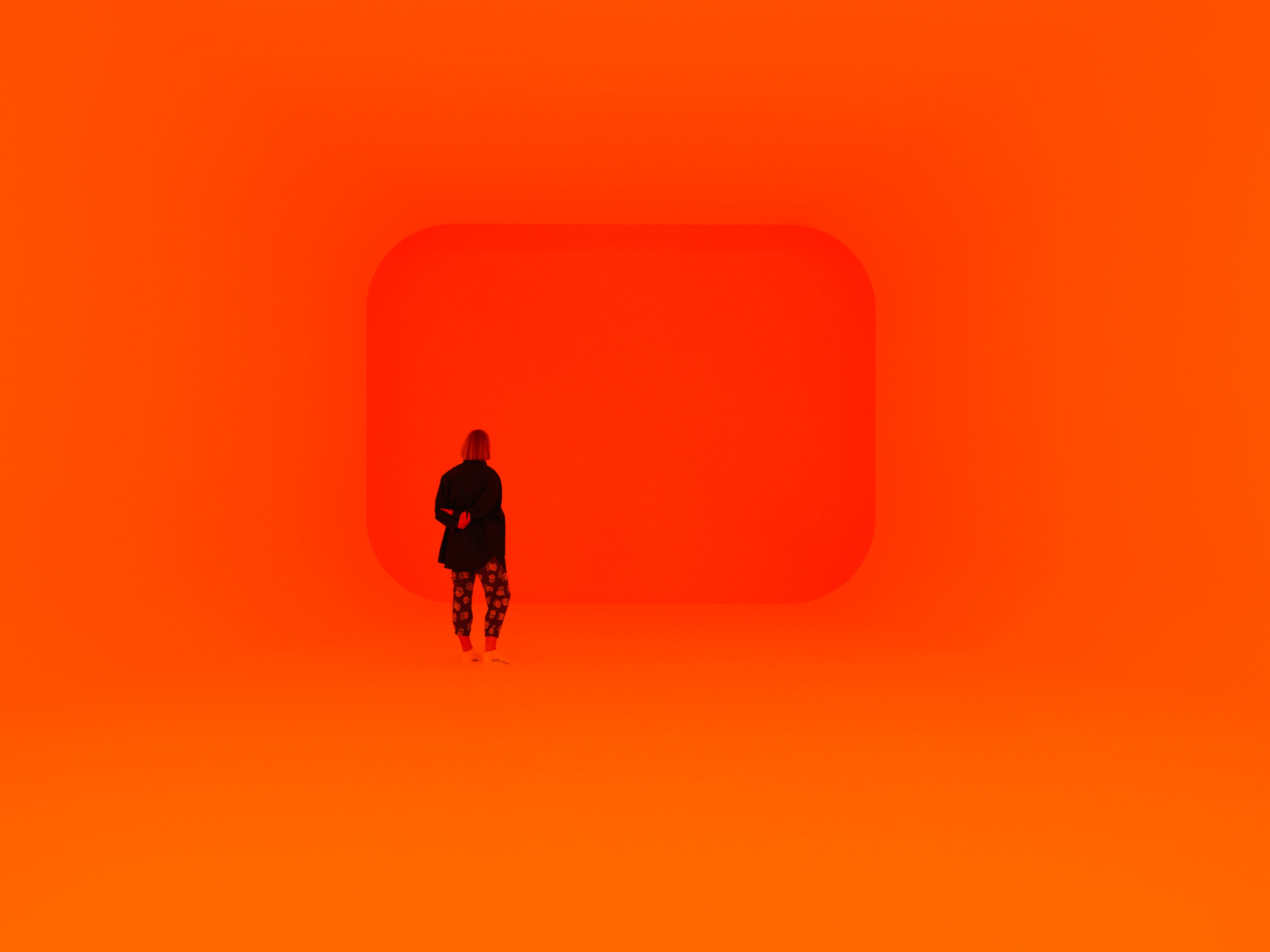
Many of the works in the new wing are disorientating, but perhaps none more so than James Turrell’s Event Horizon (2017). Visitors are subjected to a light sequence that gradually shifts in colour and intensity so “you lose your depth perception”, Rawlins says. The work triggers the ganzfeld effect, a visual phenomenon that occurs when the brain is confronted with continuous space. MONA/Jesse Hunniford; courtesy of MONA, Museum of Old and New Art
When the gambling millionaire David Walsh first opened his Museum of Old and New Art (Mona) in Hobart, Tasmania, in 2011, he called it a “subversive adult Disneyland”. With Pharos, the museum’s first major expansion, Walsh delivers on that promise. The Art Newspaper spoke to Jarrod Rawlins, a Mona curator, about the hallucination-inducing installations and hedonistic art experiences that fill the new 2,000 sq. m wing, which opened on Boxing Day last year. “David’s ultimate goal [with Pharos] is to make sure you’re not sure where you are or what’s going on,” he says. MONA/Jesse Hunniford; courtesy of MONA, Museum of Old and New Art
In pictures: the hallucinatory new Pharos wing at Tasmania’s Museum of Old and New Art
Immersive installations by artists such as James Turrell and Richard Wilson fill first major expansion of David Walsh's "adult Disneyland"
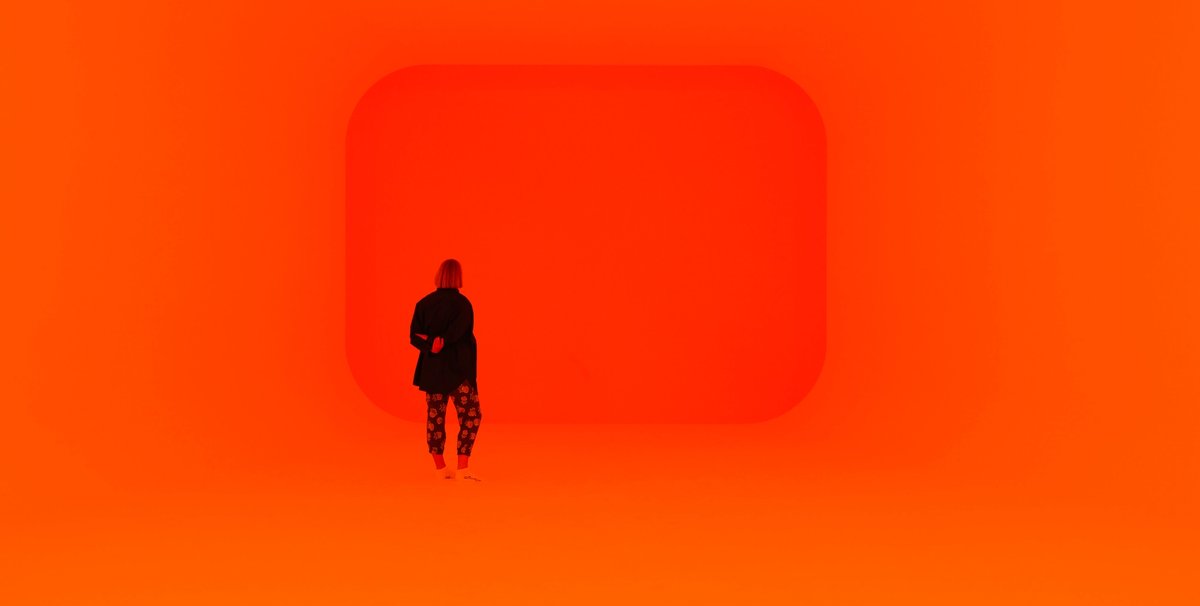
James Turrell’s Event Horizon (2017) MONA/Jesse Hunniford; courtesy of MONA, Museum of Old and New Art


